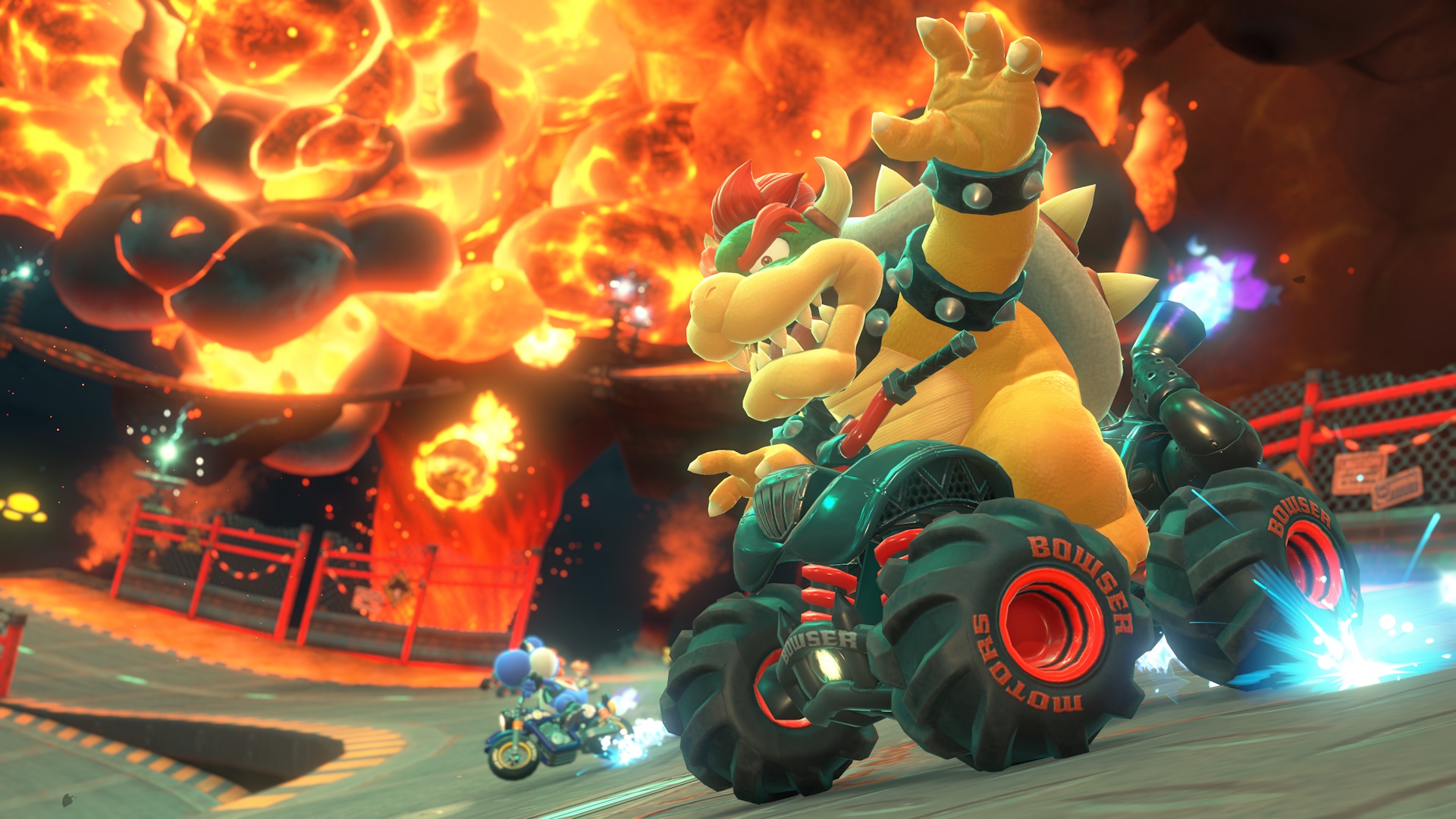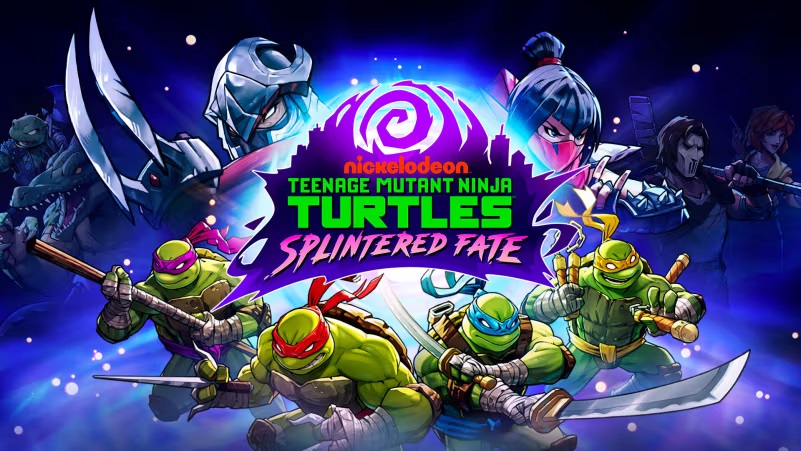Gunstar Super Heroes: Inside Treasure's Cancelled Sega References and Abandoned Bosses
Gunstar Super Heroes, released on the Game Boy Advance in 2005, represents a dynamic collaboration between renowned developer Treasure and Sega, echoing the explosive legacy of the original Gunstar Heroes for the Sega Genesis/Mega Drive.
Over the years, Gunstar Super Heroes has earned recognition not just for its engaging run-and-gun gameplay but also for the fascinating development story behind its creation—marked by budget pressures, creative tensions, and a trove of unused Sega tributes hidden within its data. In a recent interview, Tetsu "Tez" Okano—a former Sega producer with credits on SEGAGAGA and Astro Boy: Omega Factor—shed light on these behind-the-scenes complexities.
Okano discussed his role as Sega's lead on the project, describing the delicate balance required to bring the ambitious sequel to completion.
He revealed, in carefully recounted terms, “I came across some impressive, partially developed bosses and stages that were ultimately abandoned.” Okano noted that many of these lost elements stemmed from earlier prototypes, with some originating from Treasure's past projects like Alien Soldier. Gunstar Super Heroes is famous for featuring nods to Sega classics such as Flicky and Thunder Blade, but data-mining by preservationists at The Cutting Room Floor uncovered evidence of even more planned homages.
Unused graphics and music linked to Eswat, Altered Beast, Golden Axe, and Afterburner II were found in the game’s files, suggesting a broader celebration of Sega heritage was initially envisioned. Okano emphasized that the inclusion of Sega references was a creative initiative from Treasure.
“Those tributes to Sega history came from Treasure’s team.
My involvement came as Sega wanted to ensure their investment would be recovered," Okano said.
He further clarified that as lead, his priority was to manage the project within tight budget and schedule constraints, sometimes making controversial decisions that impacted the original scope.
Hideyuki "NAMI" Suganami, Treasure’s graphic designer and programmer, was especially dedicated to the sequel’s design—prompting difficult choices when content needed to be trimmed. During these cuts, Okano recalls, Treasure and Sega had to remove some Sega scenarios and bosses just to stay on track for release.
This process led to the discovery of elaborate but unfinished content that never made it to the final product—lost levels and enemies, a testament to the game's ambitious design.
Okano acknowledged that while these edits made the released game more accessible to younger players and adhered to the planned schedule, they may have disappointed members of the Treasure development team who had poured their efforts into these features. Gunstar Super Heroes launched globally on the Game Boy Advance in October 2005, receiving critical acclaim for its action-packed gameplay and vibrant visual style.
Treasure's inventive approach, coupled with Sega's production oversight, secured the title a distinguished place in handheld gaming history, even if some of its boldest ideas remained unseen by players. This collaboration between Sega and Treasure stands as a fascinating case study in the challenges and trade-offs inherent in video game development, where creative ambition must often be balanced against the realities of production.
For developers and enthusiasts alike, the story of Gunstar Super Heroes continues to inspire—and intrigue—nearly two decades after its original release.
Over the years, Gunstar Super Heroes has earned recognition not just for its engaging run-and-gun gameplay but also for the fascinating development story behind its creation—marked by budget pressures, creative tensions, and a trove of unused Sega tributes hidden within its data. In a recent interview, Tetsu "Tez" Okano—a former Sega producer with credits on SEGAGAGA and Astro Boy: Omega Factor—shed light on these behind-the-scenes complexities.
Okano discussed his role as Sega's lead on the project, describing the delicate balance required to bring the ambitious sequel to completion.
He revealed, in carefully recounted terms, “I came across some impressive, partially developed bosses and stages that were ultimately abandoned.” Okano noted that many of these lost elements stemmed from earlier prototypes, with some originating from Treasure's past projects like Alien Soldier. Gunstar Super Heroes is famous for featuring nods to Sega classics such as Flicky and Thunder Blade, but data-mining by preservationists at The Cutting Room Floor uncovered evidence of even more planned homages.
Unused graphics and music linked to Eswat, Altered Beast, Golden Axe, and Afterburner II were found in the game’s files, suggesting a broader celebration of Sega heritage was initially envisioned. Okano emphasized that the inclusion of Sega references was a creative initiative from Treasure.
“Those tributes to Sega history came from Treasure’s team.
My involvement came as Sega wanted to ensure their investment would be recovered," Okano said.
He further clarified that as lead, his priority was to manage the project within tight budget and schedule constraints, sometimes making controversial decisions that impacted the original scope.
Hideyuki "NAMI" Suganami, Treasure’s graphic designer and programmer, was especially dedicated to the sequel’s design—prompting difficult choices when content needed to be trimmed. During these cuts, Okano recalls, Treasure and Sega had to remove some Sega scenarios and bosses just to stay on track for release.
This process led to the discovery of elaborate but unfinished content that never made it to the final product—lost levels and enemies, a testament to the game's ambitious design.
Okano acknowledged that while these edits made the released game more accessible to younger players and adhered to the planned schedule, they may have disappointed members of the Treasure development team who had poured their efforts into these features. Gunstar Super Heroes launched globally on the Game Boy Advance in October 2005, receiving critical acclaim for its action-packed gameplay and vibrant visual style.
Treasure's inventive approach, coupled with Sega's production oversight, secured the title a distinguished place in handheld gaming history, even if some of its boldest ideas remained unseen by players. This collaboration between Sega and Treasure stands as a fascinating case study in the challenges and trade-offs inherent in video game development, where creative ambition must often be balanced against the realities of production.
For developers and enthusiasts alike, the story of Gunstar Super Heroes continues to inspire—and intrigue—nearly two decades after its original release.






